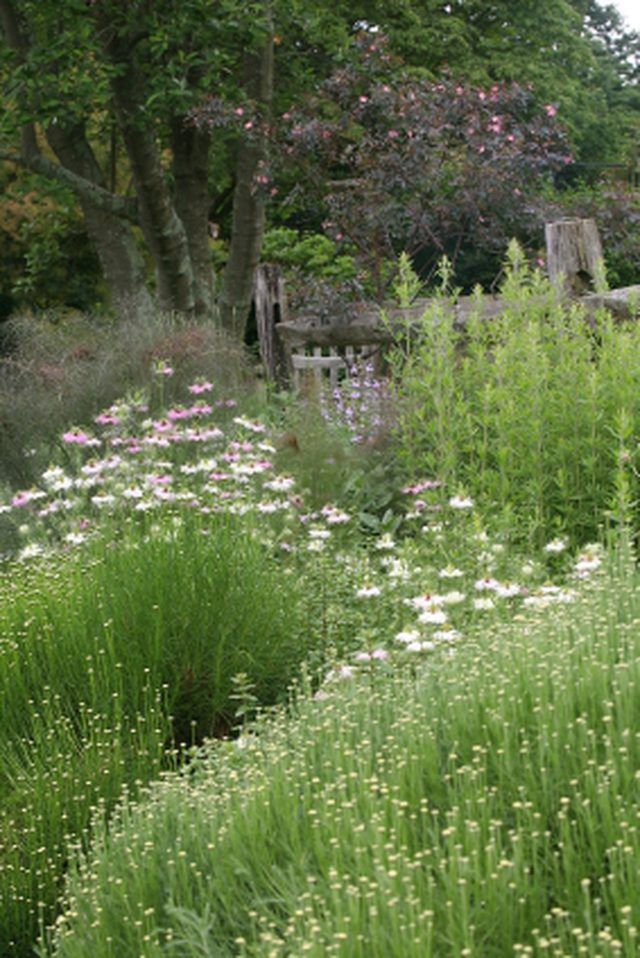Bulbs
Flower Basics
Flower Beds & Specialty Gardens
Flower Garden
Garden Furniture
Garden Gnomes
Garden Seeds
Garden Sheds
Garden Statues
Garden Tools & Supplies
Gardening Basics
Green & Organic
Groundcovers & Vines
Growing Annuals
Growing Basil
Growing Beans
Growing Berries
Growing Blueberries
Growing Cactus
Growing Corn
Growing Cotton
Growing Edibles
Growing Flowers
Growing Garlic
Growing Grapes
Growing Grass
Growing Herbs
Growing Jasmine
Growing Mint
Growing Mushrooms
Orchids
Growing Peanuts
Growing Perennials
Growing Plants
Growing Rosemary
Growing Roses
Growing Strawberries
Growing Sunflowers
Growing Thyme
Growing Tomatoes
Growing Tulips
Growing Vegetables
Herb Basics
Herb Garden
Indoor Growing
Landscaping Basics
Landscaping Patios
Landscaping Plants
Landscaping Shrubs
Landscaping Trees
Landscaping Walks & Pathways
Lawn Basics
Lawn Maintenance
Lawn Mowers
Lawn Ornaments
Lawn Planting
Lawn Tools
Outdoor Growing
Overall Landscape Planning
Pests, Weeds & Problems
Plant Basics
Rock Garden
Rose Garden
Shrubs
Soil
Specialty Gardens
Trees
Vegetable Garden
Yard Maintenance
How to Landscape With a Split Rail Fence
How to Landscape With a Split Rail Fence. A split rail fence can provide a beautiful and casual accent along the borders of properties and yards. This type of fence is intentionally friendly since it doesn't try to keep anything inside or to provide privacy. By establishing a border or property line, the split rail fence creates an opportunity to...

A split rail fence can provide a beautiful and casual accent along the borders of properties and yards. This type of fence is intentionally friendly since it doesn't try to keep anything inside or to provide privacy. By establishing a border or property line, the split rail fence creates an opportunity to landscape using the rustic quality of the split rail as a very light visual boundary.
Things You'll Need
Tape measure
Paper and pencil
Garden hose
Yard paint
Position a garden hose, starting at a corner or end of a split rail fence. The garden hose will naturally create organic curves, which usually look the best with this type of fence. At a corner or end the landscape bed will tend to have a roughly triangular kidney shape. When possible the bed should be large enough to host an ornamental tree, decorative support shrubs and lower perennial flowers or edging plants. By layering a bed from tall (trees) near the back and shorter shrubs and plants toward the front, the resulting bed will produce a lush look.
Measure the height of the bottom rail of the fence. If your lawn mower will not be able to mow under the fence from the back side, then it is important to extend the landscape bed to or beyond the posts so that maintenance is not difficult. If the lawn mower will fit under the rail, then the back of the landscape bed can have grass under the fence area. This can provide a nice visual appearance when the bed is mulched, but it will require additional upkeep.
Mark your corner (establishing or largest) bed using yard paint. This will indicate your dig lines. Consider adding soil to your largest bed to mound the bed six inches to a foot above existing grade. This will give the bed additional impact.
Move the hose along the split rail run and again allow the beds along the fence to have curves and movement. This type of organic border encourages the eye to move along the bed. If your landscape style is casual or cottage, you may elect to plant foundation shrubs at the back or along the fence line with flowering and bedding plants in front. For a more formal look, plant many similar shrubs in hedge-type rows or large groupings.
Establish landscape beds that are deeply mulched to prevent weeds along split rail fences that form a zig-zag shape. This fence style naturally creates planting opportunities where taller ornamental trees can be centered and surrounded by repeating clusters of similar plants. By landscaping on the public side of the fence that may be adjacent to a road or driveway, the fence adds enormous visual interest and curb appeal to the property. By juxtaposing the home side of the fence with grass or a ground cover, the landscaping will become a focal point.
Tips & Warnings
Always work with the style of your fence. A split rail fence will soften a formal look and make a property more inviting. Pre-plan maintenance around the posts and rails to improve visual enjoyment while reducing the amount of work that is necessary to keep the fencing looking good.
Some woods used for split rail fencing degrade quickly and need to be replaced regularly. Consider buying extra posts and rails and allowing them to season elsewhere in your yard (away from rot) so that you can replace broken rails easily, with weathered fencing.